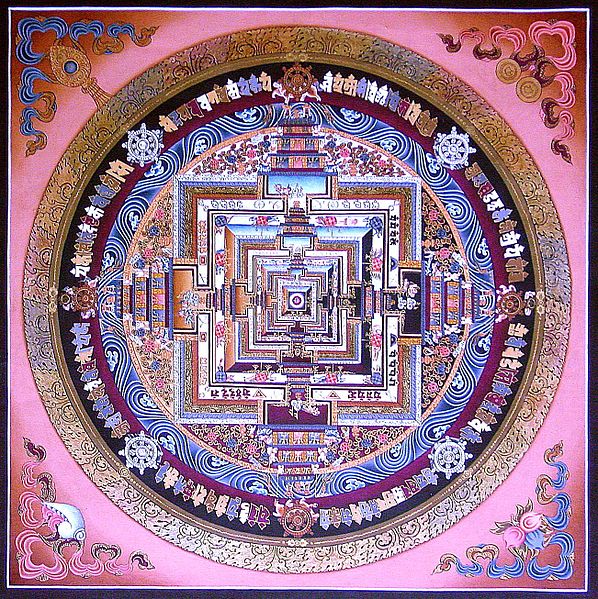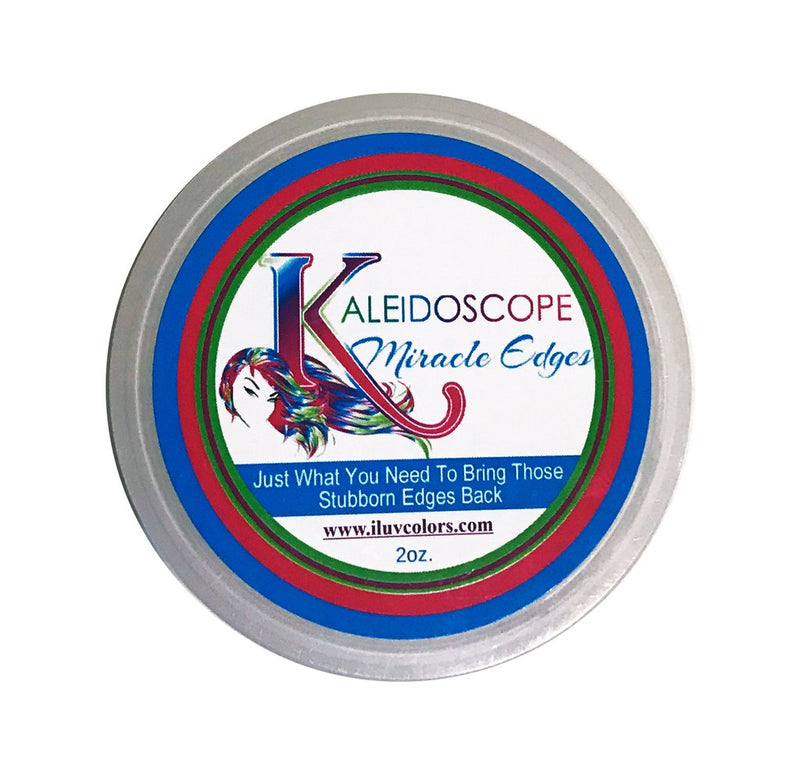Table Of Content
- Principles of Design
- Other Types of Balance in Art and Graphic Design
- Crystallographic Balance Examples
- Read Design Shifu's articles and profile.
- Visual Hierarchy: Organizing content to follow natural eye movement patterns
- Principle of Consistency and Standards in User Interface Design
- Ways to Use The Principle of Balance in Design

Sometimes, the designer might not be sure that the different types of design balancing concepts would be of use to boost the impact of your piece of art. The unequal distribution ignites visual interest and attracts eyeballs. Symmetrical, asymmetrical, and mosaic balance are more common in UI design, but that shouldn’t deter you from trying to master a radial balanced design. Each type of balance can be mixed and matched to make a design more dynamic and lively. When designing a layout, take a step and ask yourself if the overall composition feels balanced. If one elements draws too much attention, you can experiment with size, color, contrast, or density to help redistribute the visual weight.
Principles of Design
Designers creatively use this type of balance to create subtle backgrounds so that the text or graphics in the foreground become the focal point. The arrangement of petals in a sunflower is the perfect example of radial symmetry. Other common examples in nature include the ripple in water, whirlpools, and the rings in a tree trunk. Knowing each one of these and the purposes they serve is the best way to use each to your advantage.

Other Types of Balance in Art and Graphic Design
Wondering how to explore such creative design concepts for your ads and other graphic designs? Symmetrical balance has a formal connotation to it and this might not essentially suit the personality of several brands. Consider a brand focused on avant-garde fashion, for example. The core value of the business would be exploring the unorthodox and so a perfectly symmetric design in their logo or web page might not really reflect who they are.
Crystallographic Balance Examples
Often, pointed design elements or flowing lines serve to draw the gaze, and if implemented well, can also bring a good balance to the design on their own. This technique is especially good for those who want to attract the gaze without making their design heavy visually. In conclusion, we can say that balance is a very important element in graphic design. It can make or break your design, so make sure that you keep it in mind when creating anything from logos to posters. The best way to achieve balance is by using the rule of thirds, but there are other ways as well. Just remember that if you want your design to look professional and clean, then you need to make sure that it’s balanced.
Explore Scale and Size
You may initially create a perfectly balanced layout, but it appears off-balance as the reader scrolls down the page. An asymmetrical composition is intended to create a deliberate imbalance of the elements in the design. Asymmetricality can create tension and give your composition a sense of movement. To get this effect, one side can feel heavier than the other as long as it is still balanced. With symmetrical balance, the visual weight is distributed evenly. You can draw a straight line through the middle of the design in any direction and the visual balance would be evenly distributed.
Balance in principles of design refers to the act of distributing the visual elements in a way that makes the design or piece of art seem cohesive. As humans, our minds are better suited to follow order, both visually and otherwise. That is why we often find ourselves attracted to people with symmetrical facial features, or objects that are shaped symmetrically.
Visual Hierarchy: Organizing content to follow natural eye movement patterns
But there are times when there are too many elements in the design and each can be of different visual weights that cannot be easily segregated. This is the most common type of balance that you will see in a design. If you draw a line vertically or horizontally, you should see that the visual weight is balanced. Symmetrical balance occurs when equal weights are on equal sides of a composition, balanced around a fulcrum or axis in the center.
Cynthia Almario on finding balance in and out of her interior design practice - Inquirer.net
Cynthia Almario on finding balance in and out of her interior design practice.
Posted: Sun, 31 Mar 2024 07:00:00 GMT [source]
Principle of Consistency and Standards in User Interface Design
Balance has to be visible in your images, colors, texture, and space to give it stability and order. Express yourself with a custom balanced design created just for you by a professional designer. We’ve collected some amazing examples of balanced images from our global community of designers.
It's like a seesaw with a heavy weight on one end and several lighter weights on the other that collectively match the heavy weight's pull. Radial Balance is a significant principle of design in balance. The definition of radial balance is the type of balance with its focus on a center point. It's similar to symmetry, which demands that elements of repetition also be used. Pieces with radial balance are not necessarily completely symmetrical, meaning the parts are not identical, but it does require that the balance come from a point in the center.
One of the best ways to understand the difference between proportion and balance is to study the work of accomplished designers. Symmetrical balance means even distribution of the visual weight. If you draw a straight line through the design's center in any direction, and the optical weight will appear evenly distributed. Sometimes called crystallographic balance, mosaic balance is a type of organized chaos. There are close to equal areas of color and space on both sides (right and left) to balance each other. It might also stand out a little after you’ve seen it, but overall the elements don’t call attention to themselves individually.
To avoid this certain changes can be made such as adding contrast in the form of unique elements or colors. To understand how to create the balance you must first be aware of the types of balance in design to effectively utilize them to serve your design purpose. Using the same example above, a designer may wish to draw more attention to the right button than the left, without upsetting the balance. This primary / secondary relationship between buttons is nothing new.
Bold chunky prints paired with other bold prints make the whole outfit look noisy. But pairing them with tiny prints or solids creates a beautiful balance. And thus the design looks vibrant without the colors clashing with each other. Colors have three main characteristics (value, saturation, and hue) that affect their visual weight. Symmetrical balance may be a mirror image (an exact copy of the other side) or it may be approximate, with the two sides having slight variations but being quite similar. One thing to remember is that even when you are using asymmetry as your design strength, you should not compromise on the balance.

No comments:
Post a Comment